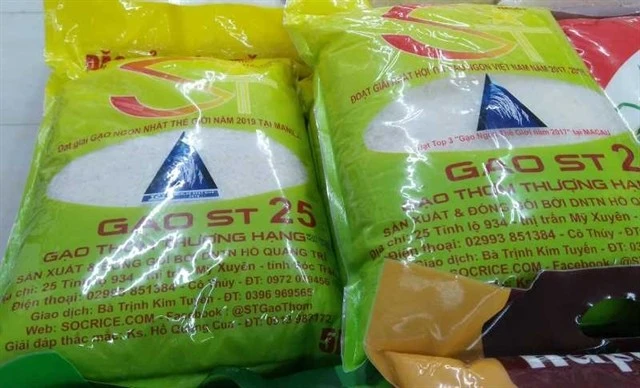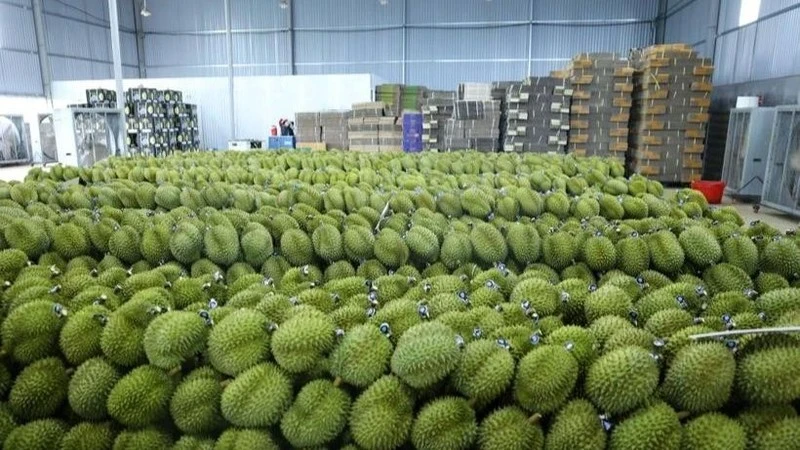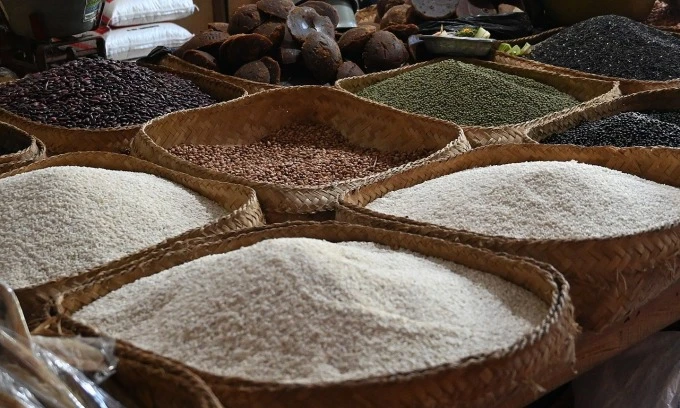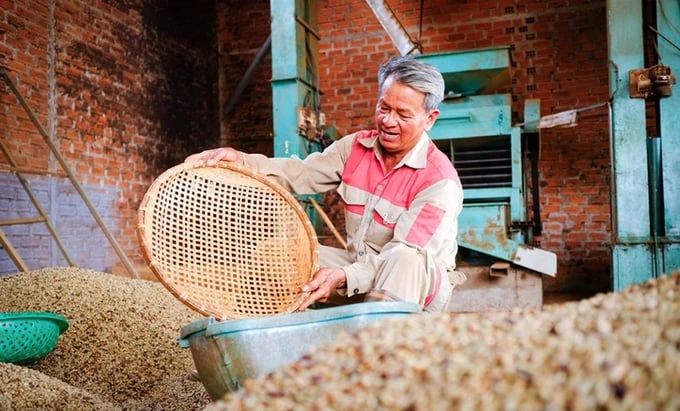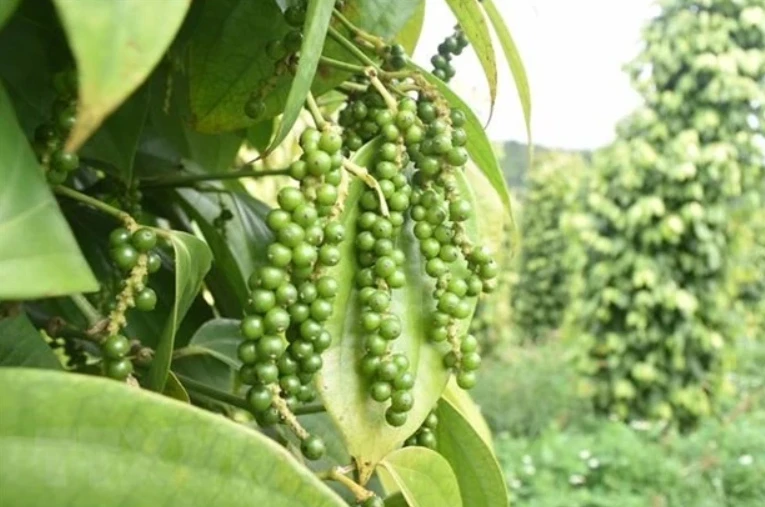Durian exports have grown strongly since the end of 2022, when Vietnam signed a protocol with China. Entering 2023, thanks to this fruit's export turnover of USD 2.3 billion, the fruit and vegetable industry exceeded the threshold of USD 5 billion for the first time. Entering 2024, durian has not cooled down, leading to bright prospects for fruits and vegetables in particular and the entire agricultural sector in general.
It is not an exaggeration to say that the recent fruit export boom has had a significant contribution from durian. However, to maintain and export sustainably, Deputy Director Nguyen Quang Hieu said that it is necessary to improve quality instead of expanding area, promote linkages to avoid fragmented production, and increase training and raise awareness for direct production objects.
"In recent times, the Plant Protection Department has promoted decentralization to localities, including growing area codes and packaging facility codes. We consider localities as extended arms, understanding and grasping clearly each industry, as well as promoting the full room of products with high economic value," emphasized Mr. Hieu.
According to statistics from the Department of Quality, Processing, and Market Development, in the first half of 2024, China, Thailand, South Korea, the US, and Japan will continue to be the leading markets for Vietnamese fruit and vegetable exports. The increase in these markets ranges from 20 to 60% over the same period in 2023.
Among these, China continues to lead in both total value and growth rate. Currently, Vietnam officially exports more than 10 types of fruits to the Chinese market, including: watermelon, mangosteen, durian, fresh banana, sweet potato, dragon fruit, rambutan, mango, lychee, longan, and jackfruit.
Not only in China, Vietnamese fruits and vegetables also gained significant momentum in South Korea and Japan. South Korea alone imported more than USD 180 million of fruits and vegetables in the first 6 months of the year, up nearly 60% over the same period. The US market also reached over USD 150 million, an increase of more than 30%.
Despite positive signals from neighboring countries, Mr. Ngo Xuan Nam, Deputy Director of the Vietnam SPS Office, acknowledged that Vietnamese fruits and vegetables need to continue to conquer the EU market.
Explaining this, the leader of the Vietnam SPS Office said that the EU is always the market that sets the most standards, especially the issue of pesticide residues (MRL) on products. Besides, there are standards and regulations on heavy metal residues, microbiological criteria, and regulations on plant health and plant quarantine, infectious substances, packaging specifications, labels, and QR codes for traceability.
"There is a detail to note when exporting agricultural products and food to the EU, which is that the buyer's standard requirements are often higher than the EU's legal regulations," Mr. Nam emphasized, adding that MRL is usually 30–100% higher. Therefore, to sell products in the EU, businesses need to clearly determine which country the product will be sold in, who the buyer is, and what additional requirements are for implementation.
European buyers often have specific requirements, depending on their sales channels and product segments. Common requests from buyers include HACCP certification and GlobalGAP certification, as well as certifications that ensure products have complied with social and environmental requirements.
"Europeans not only use their senses when enjoying fruit but also want to know whether mangoes grown in Vietnam are cultivated sustainably and whether child labor is used in the farming chain or not." If proven, Vietnamese agricultural products will affirm their position," said Deputy Director Ngo Xuan Nam.
Through the process of negotiating the SPS contents and regulations in the EVFTA Agreement, the Vietnam SPS Office realized that, in addition to GlobalGAP, a number of other food safety management systems may also be required by EU countries. For example, almost all consumers in Northwest Europe (including the UK) will require importers to comply with the BRC Global Standard, a widely applied standard for food hygiene and safety. Meanwhile, in Germany, the most popular food standard is IFS.
EU law sets specific and universal marketing standards for all fruit and vegetable types, including minimum quantities and minimum ripeness in shipments. The EU even clearly regulates marketing standards for products such as apple, citrus fruits, kiwi, lettuce, peach, orange, pear, strawberry, sweet pepper, grape, and tomato. These products must have a certificate of conformity accompanying each shipment.


